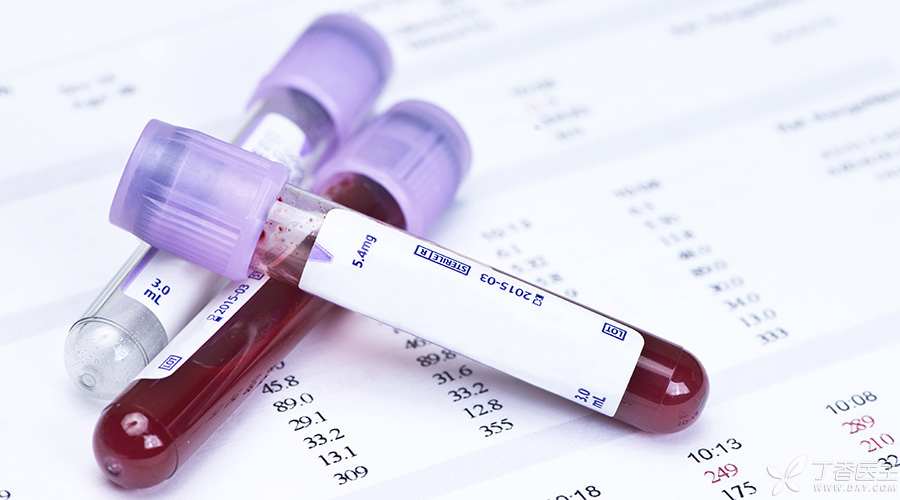
Earlier this year, there was a piece of news like this:

Source: Sina News
Syphilis screening is one of the necessary examinations before blood donation and surgery, and every clinical doctor is familiar with it.
However, due to the disgraceful status of [sex] in our country, syphilis happens to be one of the most notorious venereal diseases. Once found out [suffering from syphilis], it will bring great psychological pressure, even affect families, lose their jobs, and be unable to lift their heads for the rest of their lives.
At the same time, syphilis is also a legally monitored infectious disease in our country. Once syphilis patients are found, they should be reported to the disease control department in time. But the situation in what needs to be reported?
How common is false positive screening?
Some studies have shown that the sensitivity and specificity of non-Treponema pallidum antibody serum detection alone-such as the commonly used TRUST method (that is, the [toluidine red test] mentioned at the beginning) can reach 85% and 85% ~ 99%.
Referring to the incidence rate of syphilis in China in 2014 of 30.92/100,000, even if calculated according to the specificity of 99%, there will be 100,000 people, about 26 patients will be positive, while about 1,000 healthy people will be false positive.
-Of all those who tested positive, only 2.5% were real patients.
Therefore, it is totally unscientific to say that a person has syphilis directly by using a positive screening test.
If confirmatory diagnostic criteria such as TPPA are directly used in screening, although the results are more accurate, the screening cost will be greatly increased. At the same time, TPPA method is complicated to operate and is not suitable for the detection of a large number of samples.
Therefore, clinically, the general preoperative screening is to carry out Treponema pallidum antibody (TPAb) detection (the positive predictive value of this method can reach more than 85%). If the result is positive, RPR and TPPA tests will be further carried out to verify it.
Only by standardizing sampling and inspection operations, jointly confirming various screening indexes, and combining medical history and manifestations, can a clear diagnosis be made.
False positives are more likely to occur in the elderly.
For the general population over 50 years old, even if the confirmatory syphilis serum test is carried out, the higher the age, the higher the false positive rate. In some studies, the false positive rate can be as high as 3.54%.
The consequence of the false positive rate of 3.54% is very exaggerated. Recall the calculation method in the previous paragraph: among 100,000 elderly people, about 3,500 false positive cases can be found, and less than 1% are actually sick.
Is this ratio far beyond intuitive expectations?
The elderly are prone to false positives, which may be caused by many factors:
-
The elderly suffer from physical hypofunction and are often accompanied by some basic diseases, such as rheumatoid arthritis, diabetes and cancer. These diseases may cause the body to release cross antigens that induce the production of anti-lipid antibodies or anti-TP antibodies.
-
Symbiotic spirochetes residing in skin, oral cavity and intestinal tract may induce cross-reaction antibodies against specific antigens.
-
The immune regulation function of the elderly decreases, and it is more likely to produce some autoantibodies, heterophilic antibodies, rheumatoid factors, abnormal proteins and other cross-reactive substances, interfering with the detection results.
Correctly understanding false positives is a compulsory course for medical personnel.
Many doctors do not have a very clear understanding of the false positive rate and positive predictive value when explaining the disease condition to patients. Only relying on [intuition] to explain the positive results in the test will also confuse patients.
The follow-up examination may also cause dissatisfaction among patients. ([You made a mistake for me for the first time and asked me to pay more money])
The greater impact is that if the medical staff’s understanding of false positives is not accurate enough and there is no correct diagnosis process, infectious diseases will be reported on the basis of only one screening, which will lead to a large number of cases without diseases reported and bring great errors to infectious disease statistics.
Therefore, it is a compulsory course for every medical staff to correctly understand the positive results of syphilis screening, standardize the diagnosis process, scientifically and reasonably explain to patients, and strictly grasp the standards for reporting infectious diseases.
